From Xinguti, with love
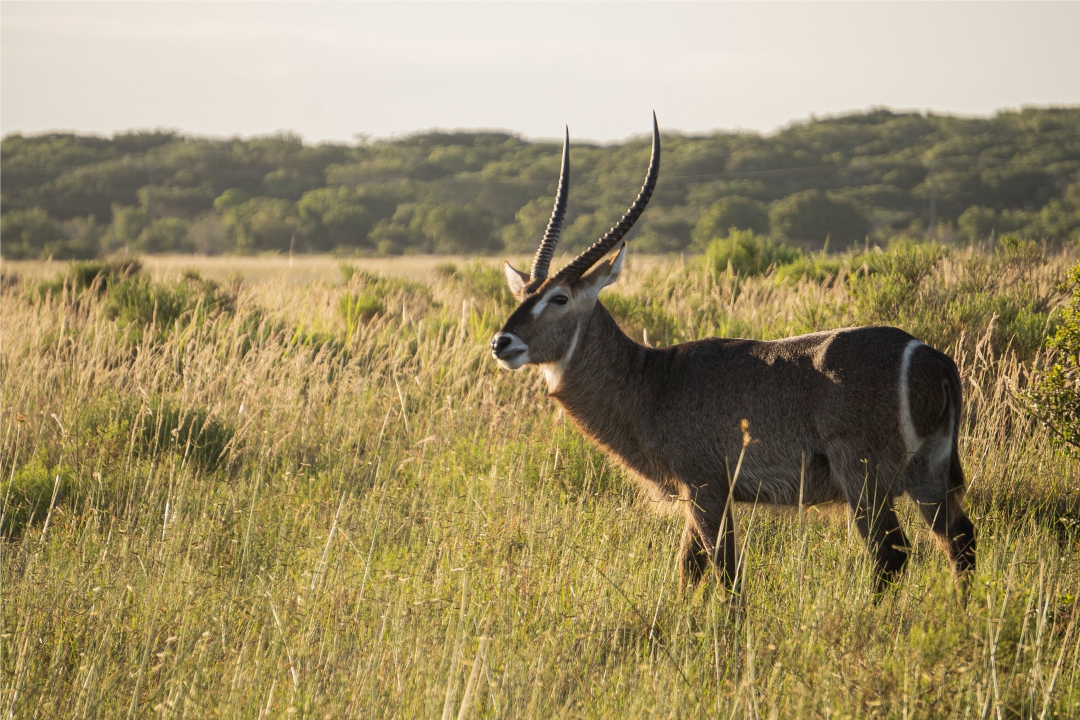
We arrived at the main entrance to the Maputo National Park on a Monday late afternoon. Two guides from a tourism company that organizes our visit to the Park are waiting for me and the photographer. They greet us, we pack our backpacks in the olive green 4X4 (recommended for traffic in the Park). Access to the park is already secured, and, having made the first explanations, we leave as the sun begins to weaken.
Advertising
At that time, I deduced when we were taking the road to the Park, there wouldn’t be many people, especially on a Monday. The procedures to be followed for entry, as I found out the next day when we left, were: contact a tourism agency like the one that took us or contact the Park directly. In any case, entry to the Park is not permitted after 4pm, except with pre-arrangements, as stated in a leaflet we received. Other information in the leaflet: limited telephone network within the reserve.
France Give, a guide for Mussiro Tours, a company that operates in the Park, told us that the trip to our campsite would take an hour. We will be on the banks of the Xinguti Lagoon, one of the areas of the Park adapted for accommodation (camping, in our case). We follow the narrow road, at a slow speed to comply with traffic regulations in the Park, but also to observe animals and trees, which are sometimes so adjacent to the road that we will have to move the branches to the side. Other times I see the savannah that extends into swamps that go far away. We hadn’t made it 500 meters when we saw impalas. Providentially, the guide said: “they are impalas!”, warns us in the back seat. And it will be like this until the camp. More impalas, nialas, spotted gazelles and other antelopes.
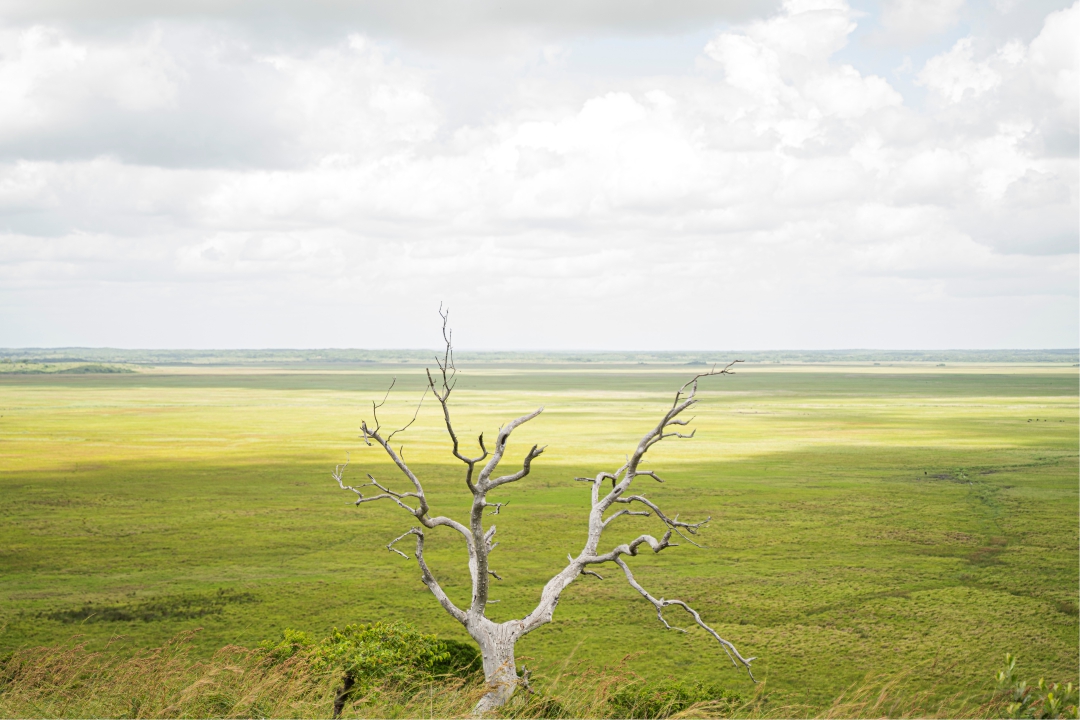
Two guards who have worked in the Park for decades welcome us to the camping area.
The Maputo National Park results from the joining, in 2019, of two conservation areas, the Maputo Special Reserve and the Ponta de Ouro Partial Marine Reserve. With this new management configuration, new tourist exploration zones, such as the camp in Xinguti, were created.
We settled just steps from the lagoon. Quite familiar with the tents, I begin to set them up without much examination of the surroundings. The camp: a compartment built with a bathroom and open kitchen, spaces (I count three) for probably six tents, a place for a fire. It didn’t take us long to light it, there was plenty of firewood among the trees nearby. Almost to check the information in the communications leaflet, I turn on my cell phone. It is not even possible to establish any type of communication. Tomorrow, the guide promises, we can go to an area where it is possible to have some network. For dinner we took everything from the city of Maputo, the water, the food, the stove. We have fish, chicken and beetroot salads.
I’m almost used to that place and we sit by the fire to plan what we’ll do tomorrow. I also think about the excitement of being there at that moment and what the animal and plant life that surrounds us provides, which is counterbalanced by the simple notion that occurs to me in these situations: I know little about what surrounds me.
We will see crocodiles tomorrow, not far from here, says one of the guides. From the hippos we will hear snoring and grunting tonight, he continues. I don’t know if this information is intended to reassure us or provoke terror. Hippos graze at night. And I remember reading that their size and popular image give these animals a reputation for being aggressive, which probably doesn’t correspond to reality. We had dinner around the campfire. And we talked about the CAN games in Côte d’Ivoire. And we heard the hippos that night. One by one, we will return to our tents.
The night before we agreed to start our expedition around Xinguti Lagoon at 06:00 in the morning. The two guides got up early and began to pack all the material they had taken from Maputo into a compartment in the car. After breakfast, we leave without delay – we will spend the next six hours visiting different areas of the Park.
First the banks of the Xinguti in the area with seats for picnics and the few places with cell phone coverage (as assured by a guide!). Then the slow journey to the sides of the dunes. Along the way, wild boars, monkeys, wild pigs, a pool for elephants.
When we finally reach the dunes, we see green pastures in the distance with dozens of animals, including elephants and bullocks. The landscape is beautiful!
One of the guides suggests that we stay there for a while longer. The photographer must have taken more photographs in this place than in any other place we’ve been to before.
At midday we set off back to the entrance of the Park, where a car is waiting for us to take us back to Maputo.
As we walk this journey, I think deeply, without looking for answers, about the combination that allows these animals and plants and our species to coexist. There are conflicts, of course, but here, as elsewhere, we can coexist.
Edição 82 JAN/FEV| Download.
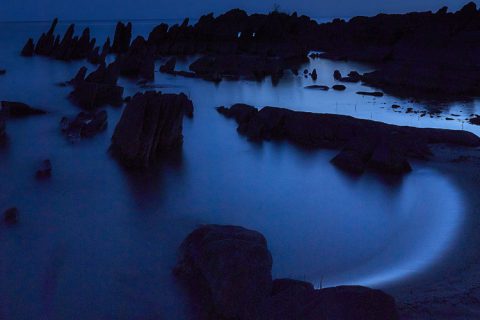
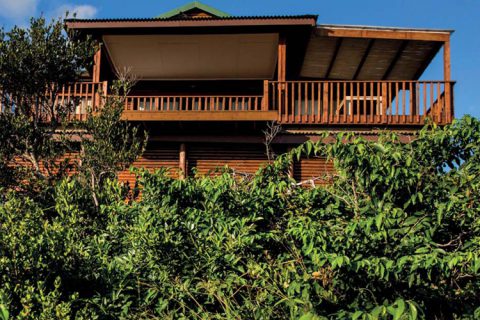


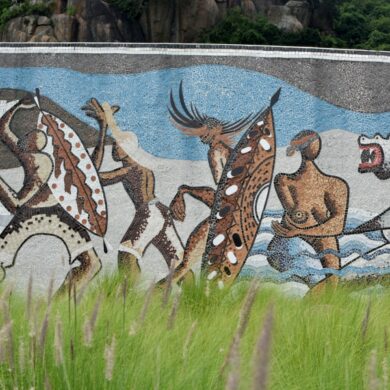
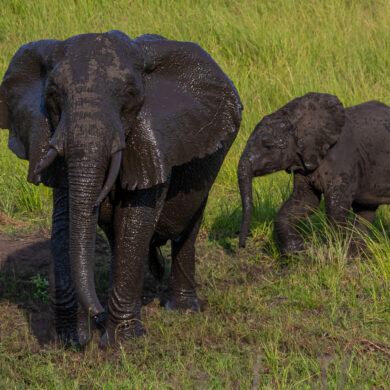
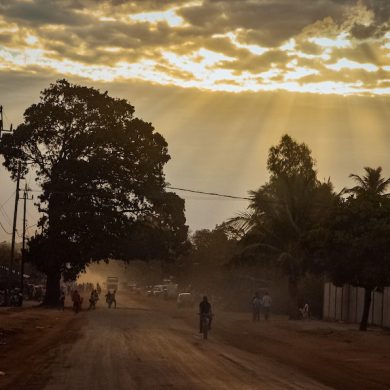
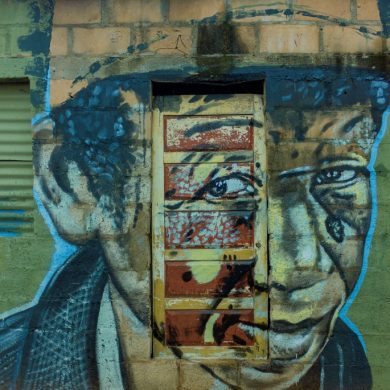












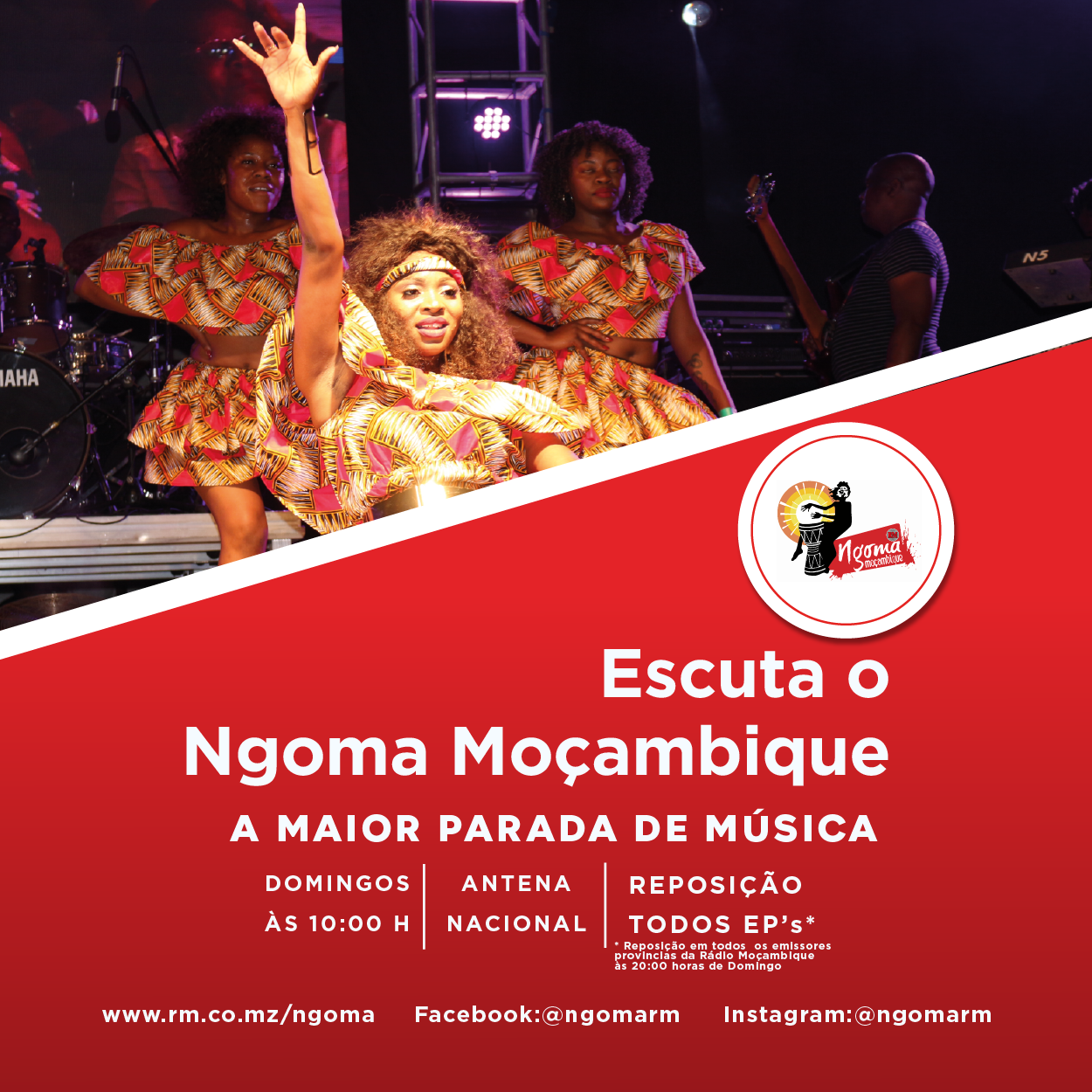






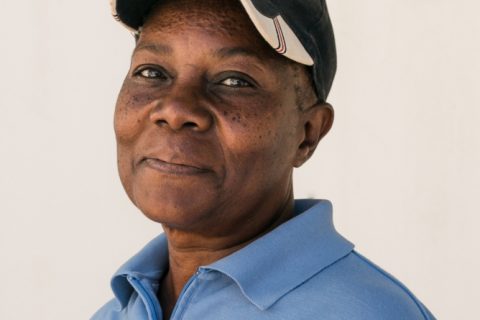
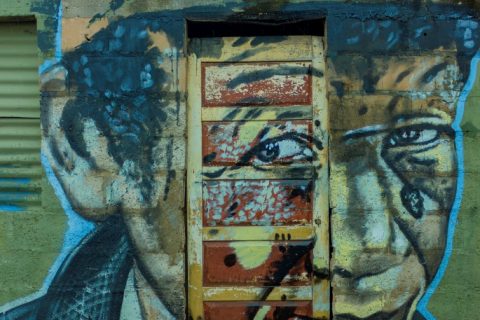


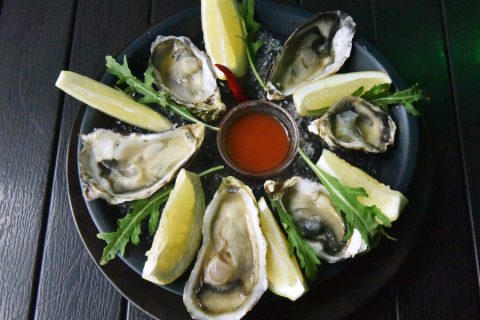
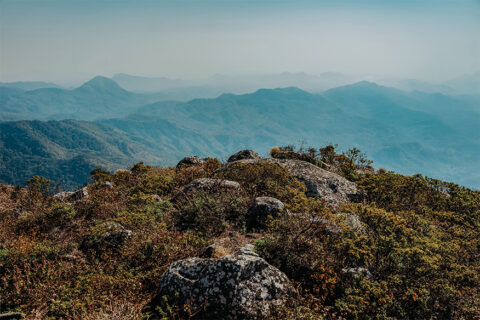


0 Comments